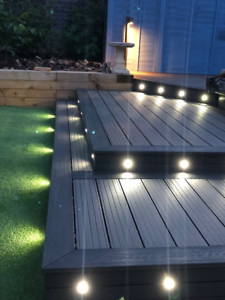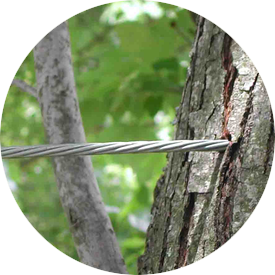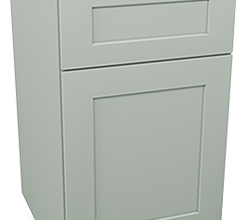Bustling homeowners who do not have any time for intensive deck repairs are gradually transitioning to composite decking, a low-maintenance and very long-lasting alternative to cedar. In only a few decades, the composite deck industry has expanded rapidly, with $1 billion expended annually, and it is projected to account for nearly half of all decking sales by next year. BuildDeck is estimated to account for about a third of the decking market. Composite decking, which is composed of wood fibers encased in resin, is more durable and weather-resistant than cedar. However, not all composite decks are created equal. Here’s a look at how composite deck brands will differ to ensure you get the best deck for your money.
Recycled materials: Manufacturers can make composite decking eco-friendly by using reclaimed wood and rubber, although not all industries do so. Composite decking materials can range from 100 percent recycled to 100 percent virgin. WestStar composite decking is constructed entirely of recycled materials and is designed especially for the Pacific Northwest.
Wood- And Plastic Ratio: The ratio of wood to plastic. The ratio of wood to plastic can also change. Many producers use an equivalent mix of wood and plastic, while others use up to 70% wood. A higher wood level indicates that the finished product is more susceptible to mold and rot.

Type Of Plastic: High-Density Polyethylene (HDPE) plastics from heavy materials such as milk jugs, detergent tubes, and soda bottles can be used in composite decks constructed from recycled materials. These plastics do not degrade as readily as softer plastics, resulting in a more durable deck.
Environmental Friendly: In this day and age, the environmental value of your decking content is important. With the world gradually turning green to help the planet’s future, seemingly insignificant decisions like decking content will make a big difference. As a result, composite decking has emerged to meet the growing demands of the community. It is not only made of recycled materials, but it is even more durable than wood.
However, not all suppliers are the same. Decking materials can range in terms of how much-recycled content they use, from zero to 100 percent. The type of recycled material used in the products will also vary. Although some decks are constructed from recycled plastic bags, others, such as WestStar composite decking, are made from the hardest of plastics – HDPE, or High-Density Polyethylene.
UV Protection: The presence of composite decking is often a significant selling point since it usually offers a brilliant, consistent hue. It will not fade or break as a result of excessive sealing or staining, unlike solid wood. Furthermore, it can be handled to have a wood grain appearance, and a UV protectant can be applied to protect against the sun’s damaging UV rays. Look for a deck that provides fading defense.
Resistant to Mold: Mold is less of a concern in composite wood than it would be in cedar, but the decking material also includes organic material, which means it can grow mold. Look for a maker that includes a mold inhibitor to prevent mold development even in the most humid environments.
Solid Or Hollow: Some vendors produce hollow deck boards to make them lighter and easier to carry, while other brands produce solid boards that are both heavier and thicker. Many homeowners choose solid boards for a stronger, sturdier deck. You will ensure that your composite deck can satisfy your needs and desires for creativity by evaluating your goals and asking the right questions before you purchase.




